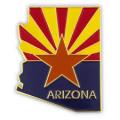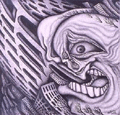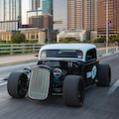Ever decide you've been doing something wrong for years? Yes, that's the impetus for this thread. Topic: drilling a bigger hole from a smaller one, or just plain being accurate.
The concept is pretty simple. You drill a small hole, say 1/8 inch, and then you drill a bigger one, say 7/16 (or whatever) using the 1/8 hole as your guide. Even using a drill press, I still manage to miss by a bit, far too frequently. Or, I make a dent using the center punch, and the hole ends up being ever so slightly off. So here's your chance to offer whatever tips you may have for ensuring the final resulting hole is dead on. btw - Happy New Year!
- Home
- Latest Posts!
- Forums
- Blogs
- Vendors
- Forms
-
Links

- Welcomes and Introductions
- Roadster
- Type 65 Coupe
- 33 Hot Rod
- GTM Supercar
- 818
- Challenge Series
- 289 USRCC
- Coyote R&D
- Ask a Factory Five Tech
- Tech Updates
- General Discussions
- Off Topic Discussions
- Eastern Region
- Central Region
- Mountain Region
- Pacific Region
- Canadian Discussions
- Want to buy
- For Sale
- Pay it forward
-
Gallery

- Wiki-Build-Tech


 Thanks:
Thanks:  Likes:
Likes: 



 Reply With Quote
Reply With Quote








